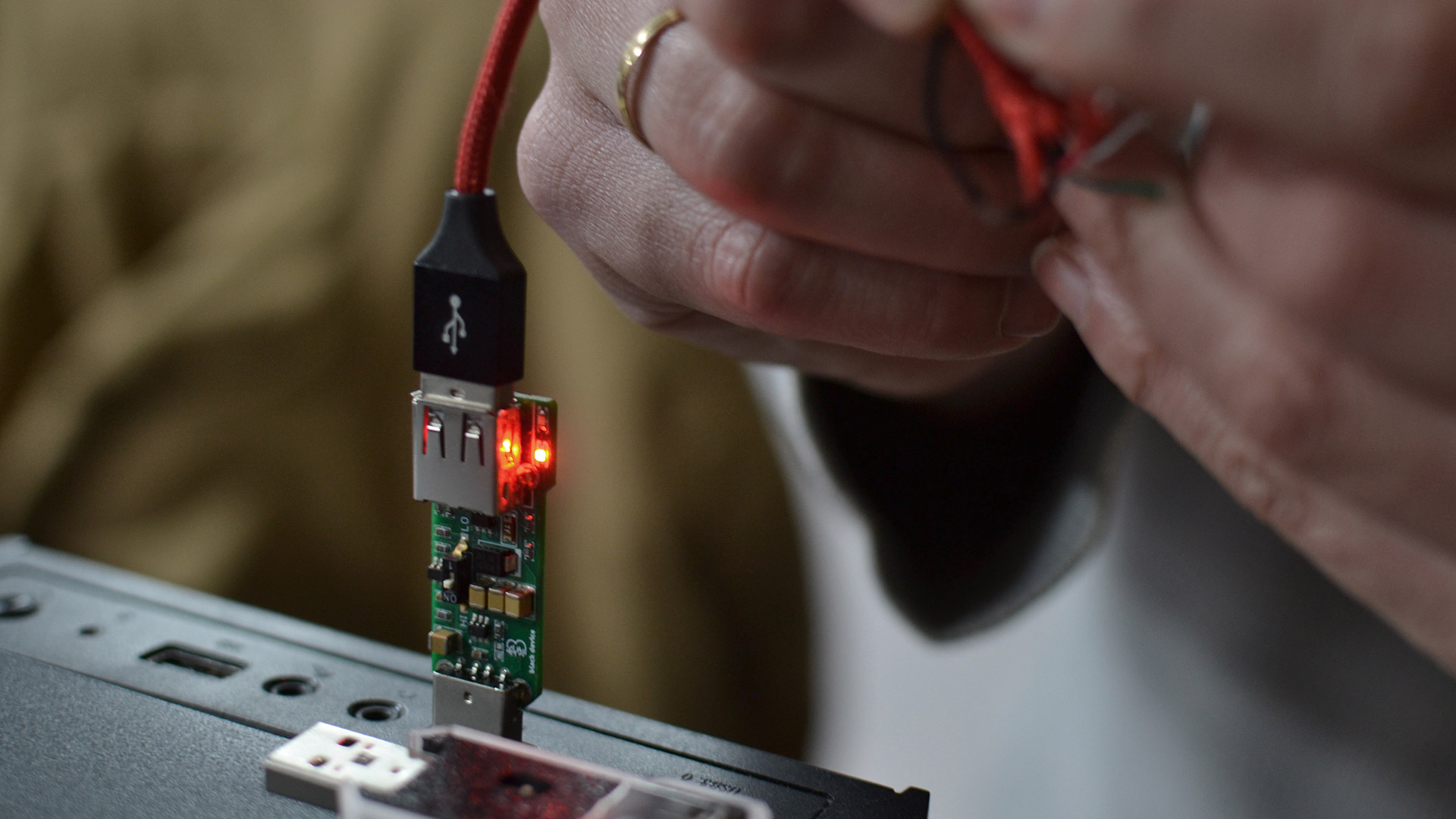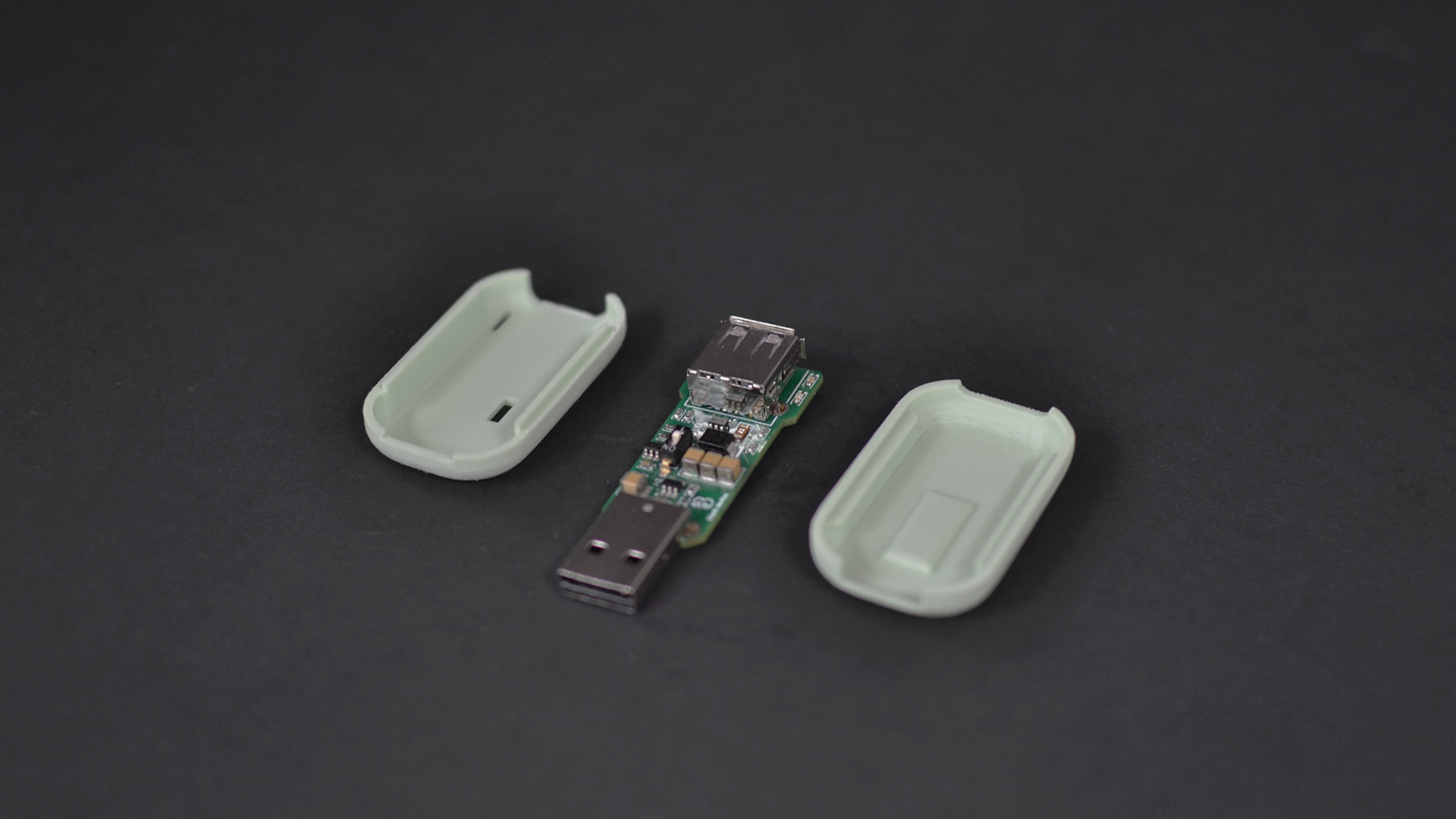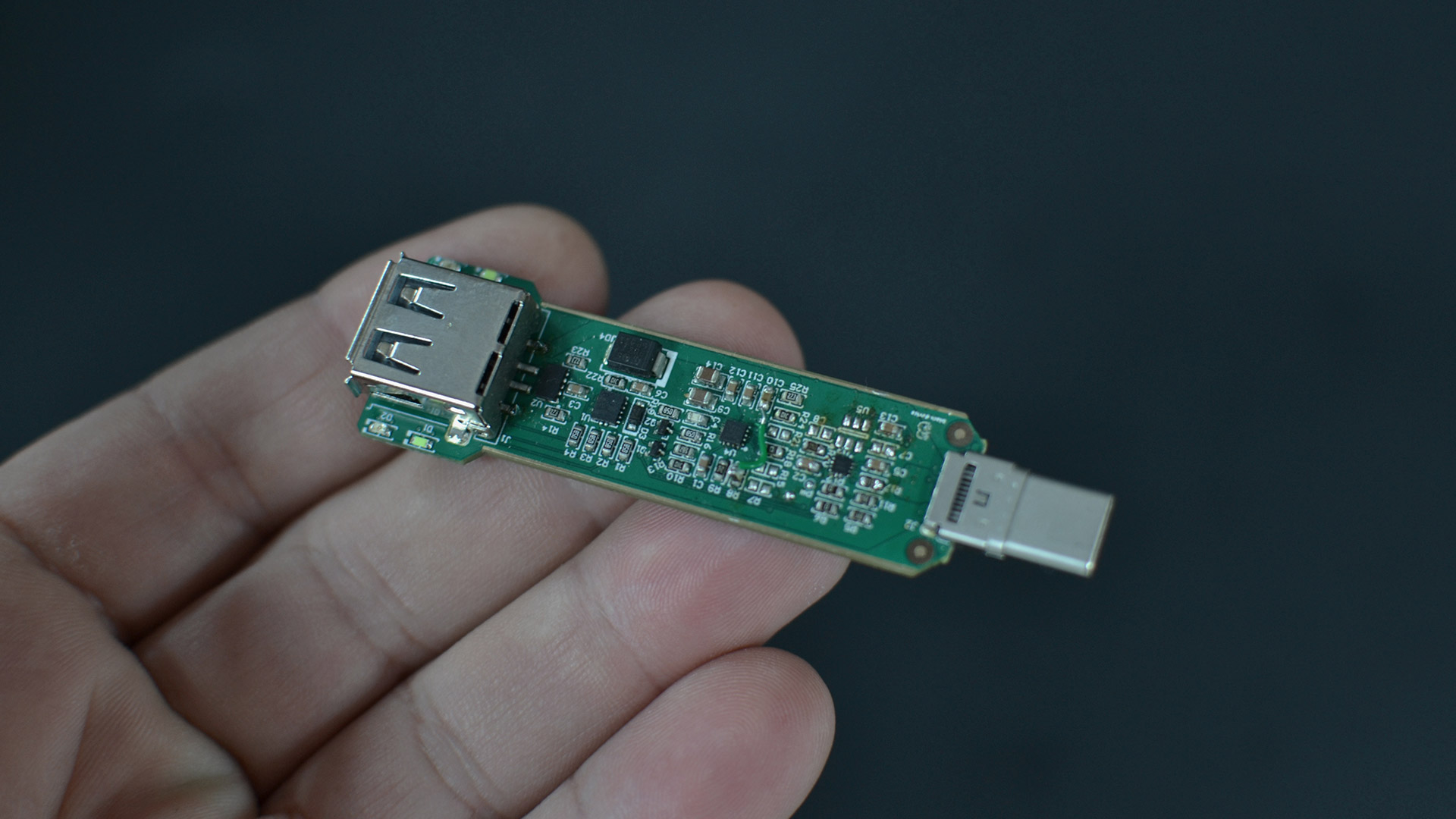What is a USB port protector and how does it work?
In this article, we explain what a USB port protector is, how it works and how at blackdevice we built our own model based on our design and hardware.
We specialize in designing and building electronics-based technology and during the development process we must put our creations to the test. We connect them to our equipment and we load software and firmware. At any point in development, an electrical fault can pose a significant problem when connecting these devices via USB to our computers, potentially causing serious damage. Whether you work in this field professionally or as a hobbyist, you will surely relate to this challenge.
We recognized the need to develop a small gadget that could help protect our equipment in such situations, so we set to work and built it. Because that’s what we do.
How does a USB port protector work?
When you experiment with electronics, whether professionally or as a hobbyist (assembling your own Arduino kits or working on Raspberry Pi projects) making a mistake can lead to a short circuit or any other electrical fault. If you then connect that device to your equipment via the USB port, it might cause damage, and in some cases, render your USB port inoperative. To safeguard our equipment from these scenarios, which in a company like ours that constantly tests and develops new technology was crucial, our team set out to develop a product: the USB port protector that we now use daily.
This is how our USB port protector works
- Input connector and integrated circuit: one end features the USB input connector that plugs into our computer. Immediately after the connector, the integrated circuit (IC) acts as the first line of defense, engaging when an overload or short circuit occurs.
- Output port and LED indicators: at the other end is the port used to connect external devices. On both sides of this port, two-color LEDs indicate the status: blue lights up when all is well, and red when a fault is detected. These LEDs are also controlled by the integrated circuit.
- Additional protection: when the basic protection is insufficient, if, for example, 12V enters the circuit instead of 5V, components such as capacitors, the resettable fuse, and the diode work together to prevent serious damage from overvoltage. Finally, ESD (Electrostatic Discharge) protection shields the USB data lines from static discharges.
Putting our prototype to the test
To test the USB port protector, we connected it to one of our PCs and used a USB cable with stripped ends to simulate a short circuit. As shown in the video and images, the moment Óscar touches the two stripped wires together, the USB detects the short circuit and stops the current flow, ensuring that no damage reaches the connected equipment.
Our prototype also includes a switch because USB 2.0 allows up to 500 mA of current, whereas the standard is 100 mA. This feature allows us to regulate the device for even greater protection.
Exterior design
This prototype is an original design developed entirely in-house at blackdevice. Our team uses it daily during the countless tests performed on our developments. To protect the components and give it a finished product look, we designed a plastic enclosure that is perfectly adapted and fitted to the internal components. We 3D print these enclosures, and with a simple assembly, the product is ready to withstand any challenge and protect our equipment.
Next steps
This prototype works perfectly and helps us keep our equipment safe from electrical faults every day. However, we are already working on improved versions that will include integration for USB-C. It’s currently in the design and development phase, even though we have already conducted several tests with it.
Conclusion
In conclusion, the USB port protector has become an indispensable tool for our daily operations. We are convinced it would be a highly useful accessory for both professionals and hobbyists experimenting with electronics. This device safeguards your equipment from potential damage caused by short circuits and over-voltages. It also gives you the peace of mind to continue innovating without fear of costly failures.
At blackdevice, we have seen firsthand that having an effective protector is key to ensuring the integrity of your prototypes and extending the lifespan of your devices. Therefore, anyone engaged in electronic experiments needs to have one of these protectors, as it acts as a crucial barrier against unexpected electrical issues. It would allow you to develop and test new ideas with complete confidence.
If you enjoyed this article, check out the video version available on our YouTube channel. Thanks for following us!
And if you’re interested in these How does it work? posts, you’re in luck— we’ll be posting them regularly.





